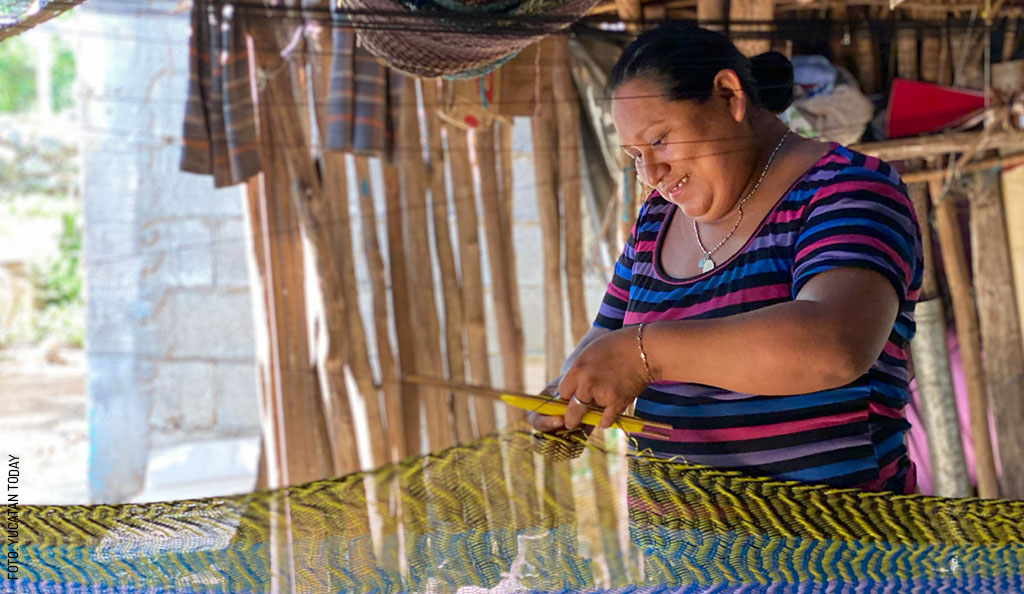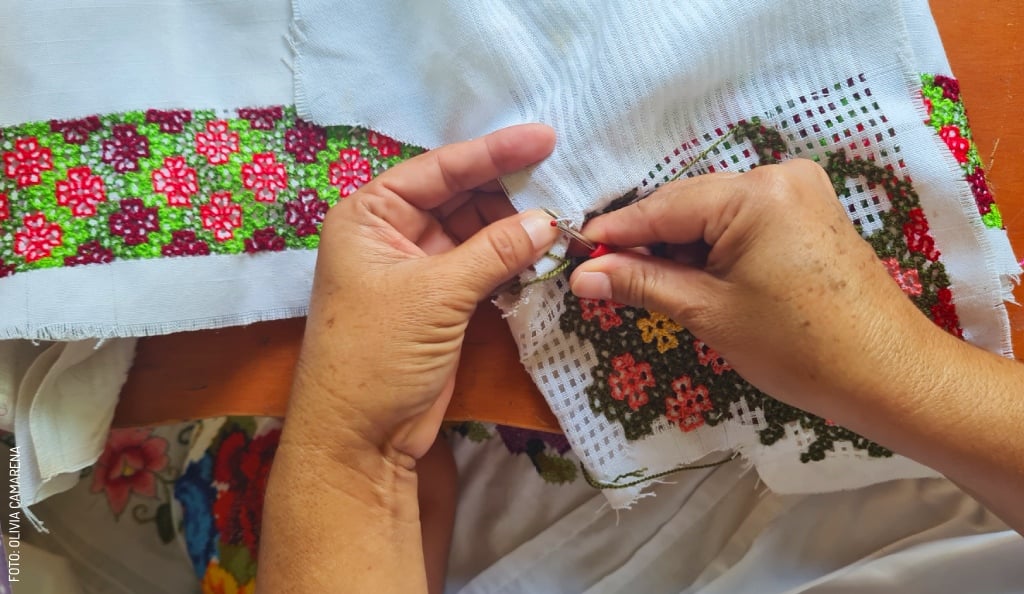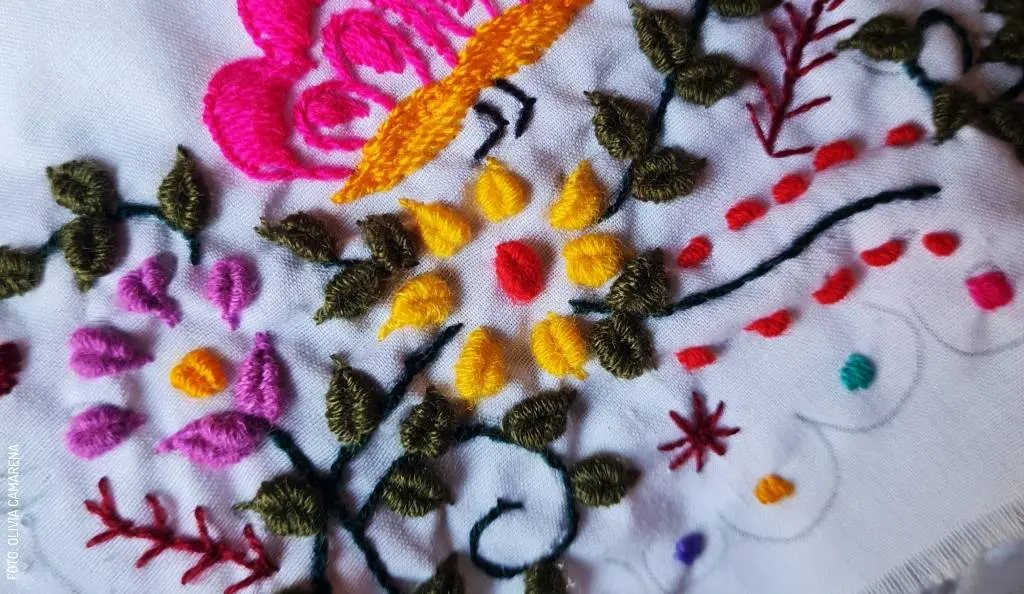Do you love handcrafts? Are you thinking of taking something special home or giving it away as a gift? I have a couple of recommendations that will help you while making your purchase.
Jipijapa or Panama Hats
 Surely you've seen this type of hat in artisan stores, boutiques, or just passing by in street stalls. I love them, they protect you from the sun while adding a stylish touch to your outfit. Although Panama hats are well-known in Yucatán, they actually have their origins in Bécal, a small town in Campeche.
Surely you've seen this type of hat in artisan stores, boutiques, or just passing by in street stalls. I love them, they protect you from the sun while adding a stylish touch to your outfit. Although Panama hats are well-known in Yucatán, they actually have their origins in Bécal, a small town in Campeche.
The Panama hat plant is processed with special care through an intricate process that will define the final quality of the hat. First, the palm must be dried, peeled, and woven in humid environments, such as caves. However, the quality will depend on the second step: a good Jipijapa hat is made from palms that have been peeled lengthwise more than twice, in Spanish these are called Partidas. The very best hats are made with plants that have been peeled four times, resulting in flexible, natural colored strands that are ideal for weaving. Are there colored hats? Yes, there are artisans who boil the palm with natural dyes. Be careful: some merchants use spray paints to customize the hats they buy and resell.
 To determine if a hat is of good quality, it can be rolled up and will return to its original shape without cracking. There are stores that will not let you do this, however, you can always test their flexibility and be guided by the price. The cheapest Jipijapa hats range from $500 pesos (one Partida, direct purchase from an artisan) to $2,500 pesos (two Partidas). Hats made with four Partidas can go up to $5,500 pesos.
To determine if a hat is of good quality, it can be rolled up and will return to its original shape without cracking. There are stores that will not let you do this, however, you can always test their flexibility and be guided by the price. The cheapest Jipijapa hats range from $500 pesos (one Partida, direct purchase from an artisan) to $2,500 pesos (two Partidas). Hats made with four Partidas can go up to $5,500 pesos.
Find your next Jipijapa hat at Herencia Viva, Taller Maya, or on an adventure to Bécal or the neighboring town of Halachó.
Embroidered Garments
When it comes to embroidery, there are multiple techniques that can be used, but the most famous is the cross stitch. When this is done by hand, you’ll be able to see knots and stripes on the back. It’s extremely time consuming, so not many artisans do it. Depending on the complexity of the pattern, it can take up to two months to complete a piece. The price of a cross stitch blouse is $1,200 - $2,000 pesos.
A more common technique today is machine embroidery. Be very careful when purchasing these blouses, as there are programs that replace the human hand. Trusted options will always be artisan workshops - such as the ones in Maní - or stores that work with them directly, such as Taller Maya.
In both techniques, artisans create their own designs and some even customize patterns to suit the customer's taste. The most expensive blouses are embroidered on linen with tight stitching. Shading - the number of colors used to form a subtle gradient - also has an effect on the price. The more colors it has, the more expensive it will be.
Your next embroidered blouse awaits at Kukul Boutik, Herencia Viva Yucatán, and in the villages of Kimbilá or Maní.
Photography by Olivia Camarena for its use in Yucatán Today.
First published in Yucatán Today print and digital magazine no. 402, in June 2021.
Last updated in July 2024.

Author: Olivia Camarena Cervera
Yucatecan communicologist. Writer, blogger, and bookstagrammer in her spare time. She also experiments with TikTok.
¡Receive the latest articles and much more from the best of Yucatán in your email!
Related articles

Yucatán's Handcraft, Perfect to Take Home!
Discover the rich handcraft traditions of Yucatán, from intricate filigree jewelry to handwoven hammocks and embroidered garments. Explore where to...
How to Choose Guayaberas and Hammocks like a True Yucateco
Yucatán is a state brimming with art, music, culture, and traditions, which make it inevitable to fall in love and want to take a piece of it home....







